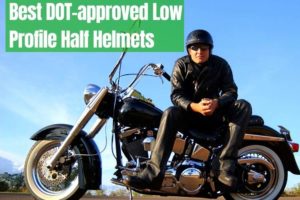Why do motorcycle cops wear half helmets when safety is paramount? The choice may seem counterintuitive, but there's more beneath the surface. Motorcycle cops often favor half helmets for their blend of comfort, visibility, and communication efficiency, aligning with the unique demands of their role.
These helmets, lighter and less restrictive, facilitate prolonged comfort during long patrols, enhance situational awareness, and streamline communication required for efficient law enforcement operations.
Understanding the reasoning behind this choice reveals a deeper insight into balancing officer safety with operational efficiency.
Why Motorcycle Cops Choose Half Helmets
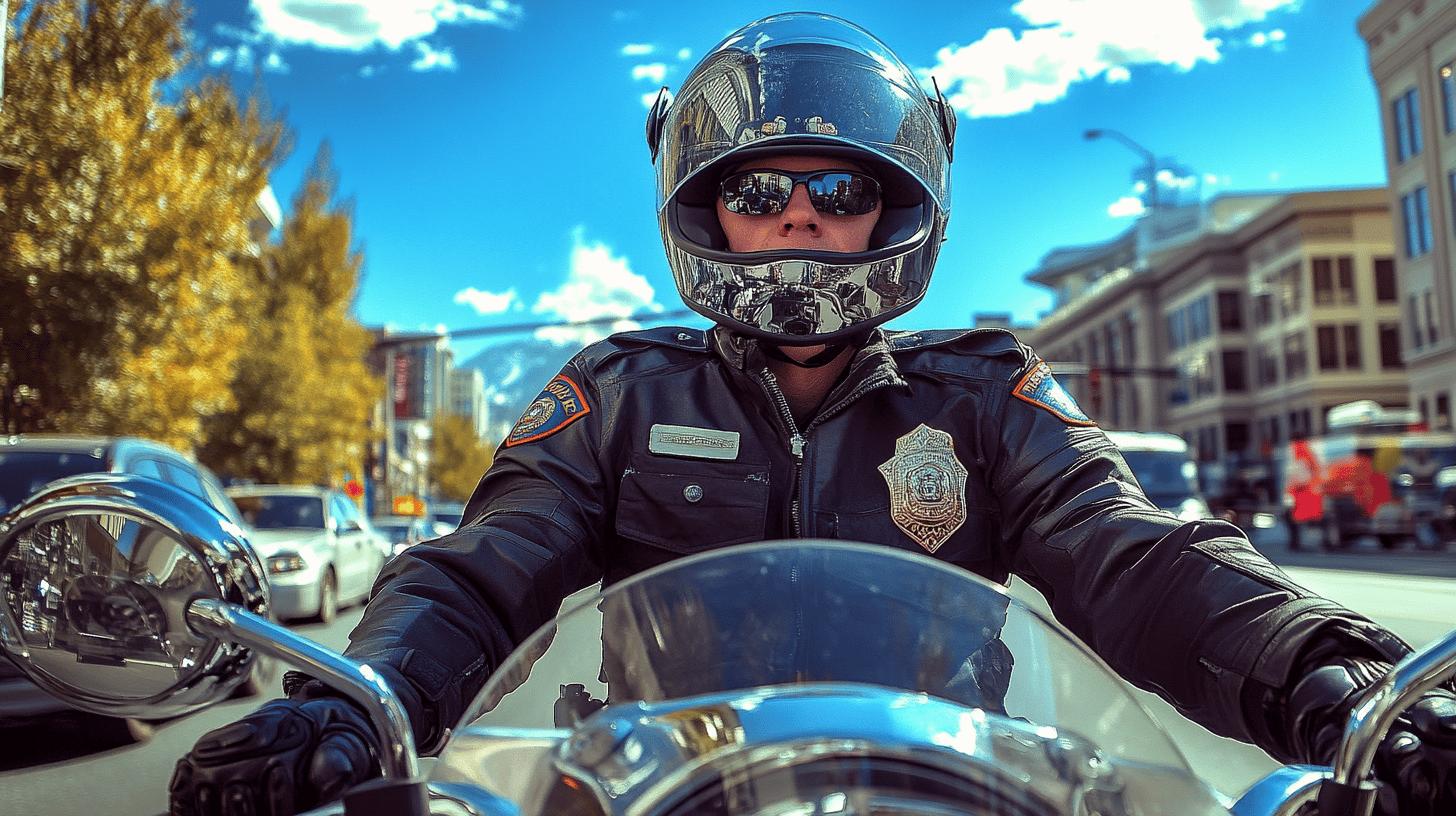
Motorcycle cops prefer half helmets primarily because of their lightweight and less bulky design, which maximizes comfort during extended patrols. Patrol duties can last several hours, and the reduced weight of half helmets alleviates neck strain, allowing officers to remain alert and responsive.
The minimalistic design provides better airflow, essential for regulating body temperature in varying climates, further enhancing comfort levels during long rides.
Half helmets significantly enhance visibility and situational awareness, crucial aspects for motorcycle cops who need to monitor traffic and maintain a high level of alertness. The open design offers a wider field of view compared to full-face helmets, allowing officers to quickly assess their surroundings without any visual obstructions.
This peripheral visibility is vital for responding swiftly to sudden changes in traffic flow or potential hazards on the road. Communication efficiency is another key advantage of half helmets.
Here are the primary communication benefits:
-
Ease of radio use
-
Quick microphone access
-
Better ambient sound perception
-
Facilitates public interactions
-
Supports tactical communication
Operational efficiency is greatly improved with half helmets, as their design aligns with the practical needs of law enforcement duties. The ease of communication and enhanced situational awareness allow officers to perform their duties more effectively.
The combination of comfort, visibility, and efficient communication makes half helmets a preferred choice for motorcycle cops, enabling them to balance safety with the demands of their profession.
Safety Features and Limitations of Half Helmets
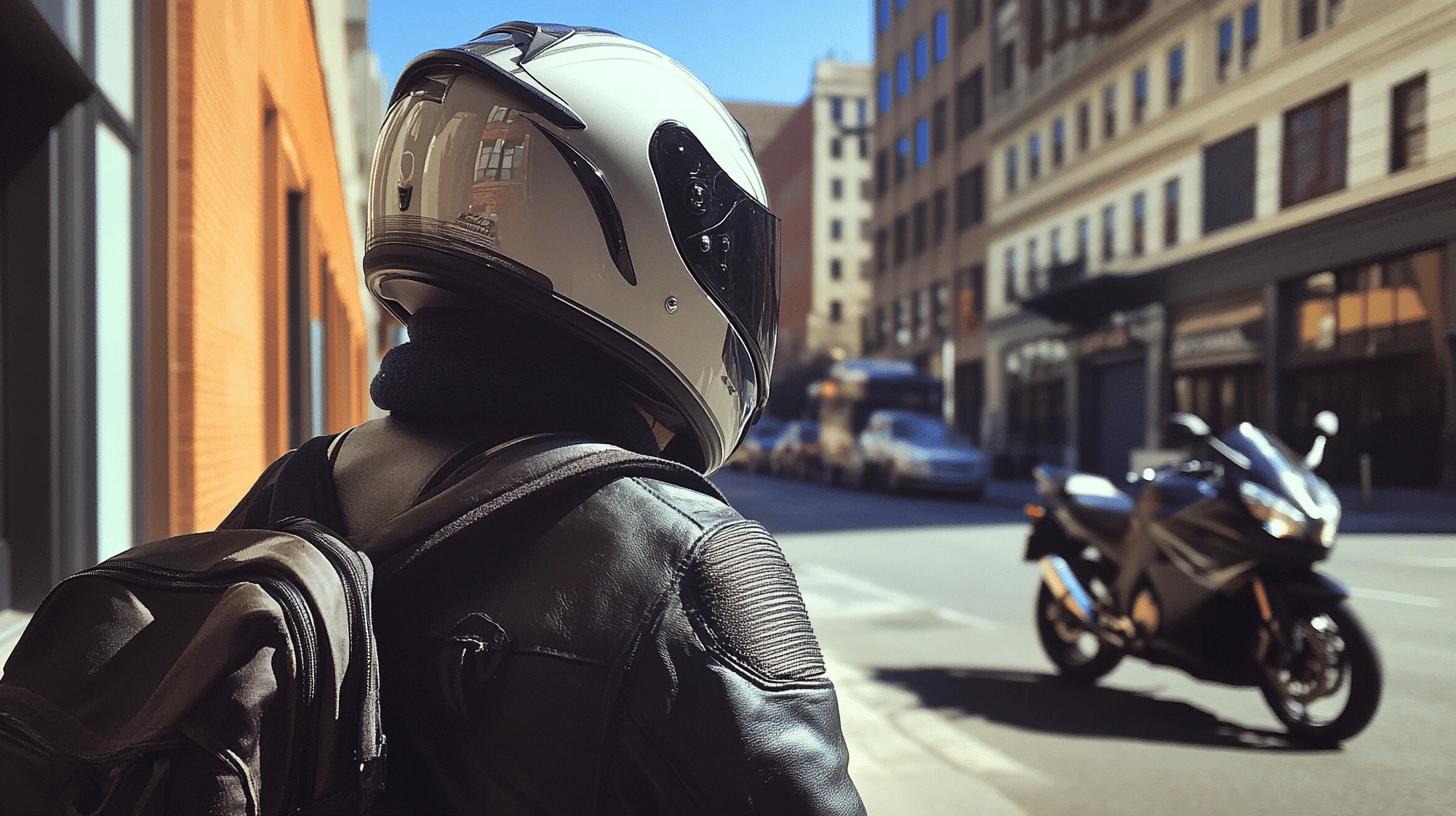
Half helmets adhere to legal compliance and meet basic safety standards by incorporating a hard exterior shell and a shock-absorbent cradle. These elements ensure that half helmets are legally compliant in many regions, allowing them to be a valid choice for motorcycle cops.
The compliance with DOT certification means that half helmets meet the necessary requirements for head protection, even though they don't provide the same level of coverage as full-face helmets.
Half helmets offer protection levels suitable for specific scenarios, particularly in low-risk situations and shorter patrol distances. While they do not provide maximum protection in high-speed collisions, their design is adequate for environments where the likelihood of severe impacts is lower.
The reduced weight and bulkiness make them ideal for urban patrols and shorter, more routine duties where maneuverability and comfort are prioritized over complete protection.
| Feature | Protection Level |
|---|---|
| Helmet Shell | Basic impact resistance |
| Shock Absorption | Moderate crash protection |
| Face Coverage | Minimal |
| Wind Protection | Limited |
| Hearing Ability | Enhanced |
Balancing safety and functionality, half helmets cater to the practical needs of motorcycle cops by offering a trade-off between protection and operational efficiency. While they lack extensive face and wind protection, the enhanced hearing ability and lighter design make them a favored choice for law enforcement officers who prioritize comfort and communication efficiency.
This balance allows motorcycle cops to perform their duties effectively while maintaining a level of safety appropriate for their specific operational contexts.
Operational Benefits of Half Helmets in Law Enforcement
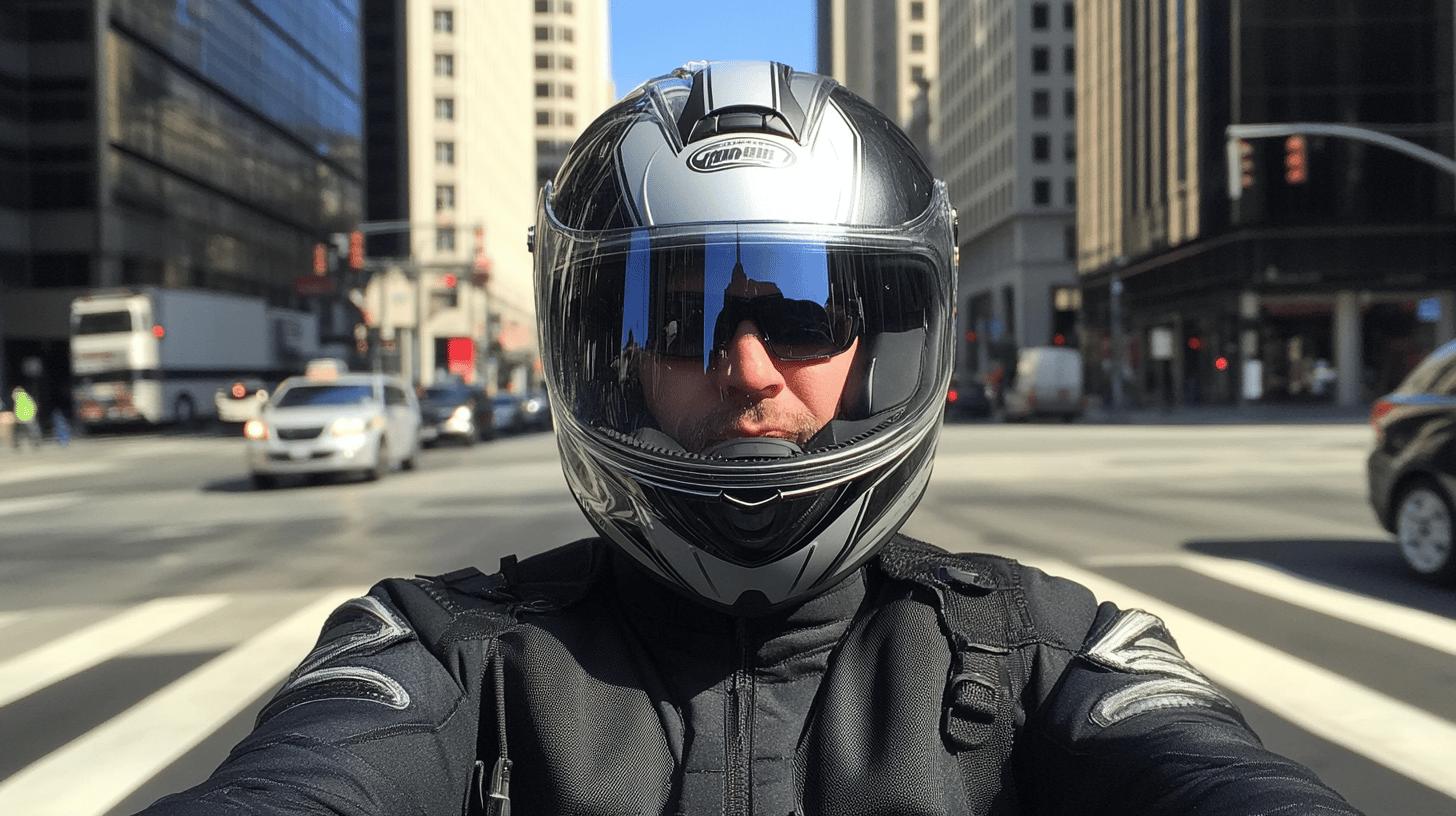
Half helmets offer significant advantages in terms of climate adaptability and comfort, essential for motorcycle cops who patrol under various weather conditions. The open design increases airflow, reducing heat build-up and keeping officers cooler during hot weather.
This airflow not only contributes to temperature regulation but also lessens fatigue, allowing officers to maintain focus during prolonged shifts. The lightweight nature of half helmets further enhances comfort, minimizing neck strain and enabling better head movement, crucial for effective monitoring and situational awareness.
-
Enhanced airflow for temperature regulation
-
Improved mobility for quick response
-
Greater comfort during long shifts
- Seamless integration with communication devices
The operational benefits of half helmets align closely with the specific duties of law enforcement officers. The design facilitates quick responses due to improved mobility, allowing officers to navigate urban environments efficiently.
Comfort across long shifts ensures officers remain agile and alert, ready to respond to emergencies. Additionally, the seamless integration with communication devices enhances the ability to maintain contact with dispatch and other units, vital for coordinating efforts and ensuring public safety.
By balancing safety and practicality, half helmets meet the operational needs of motorcycle police effectively.
Comparing Helmet Types for Police Use
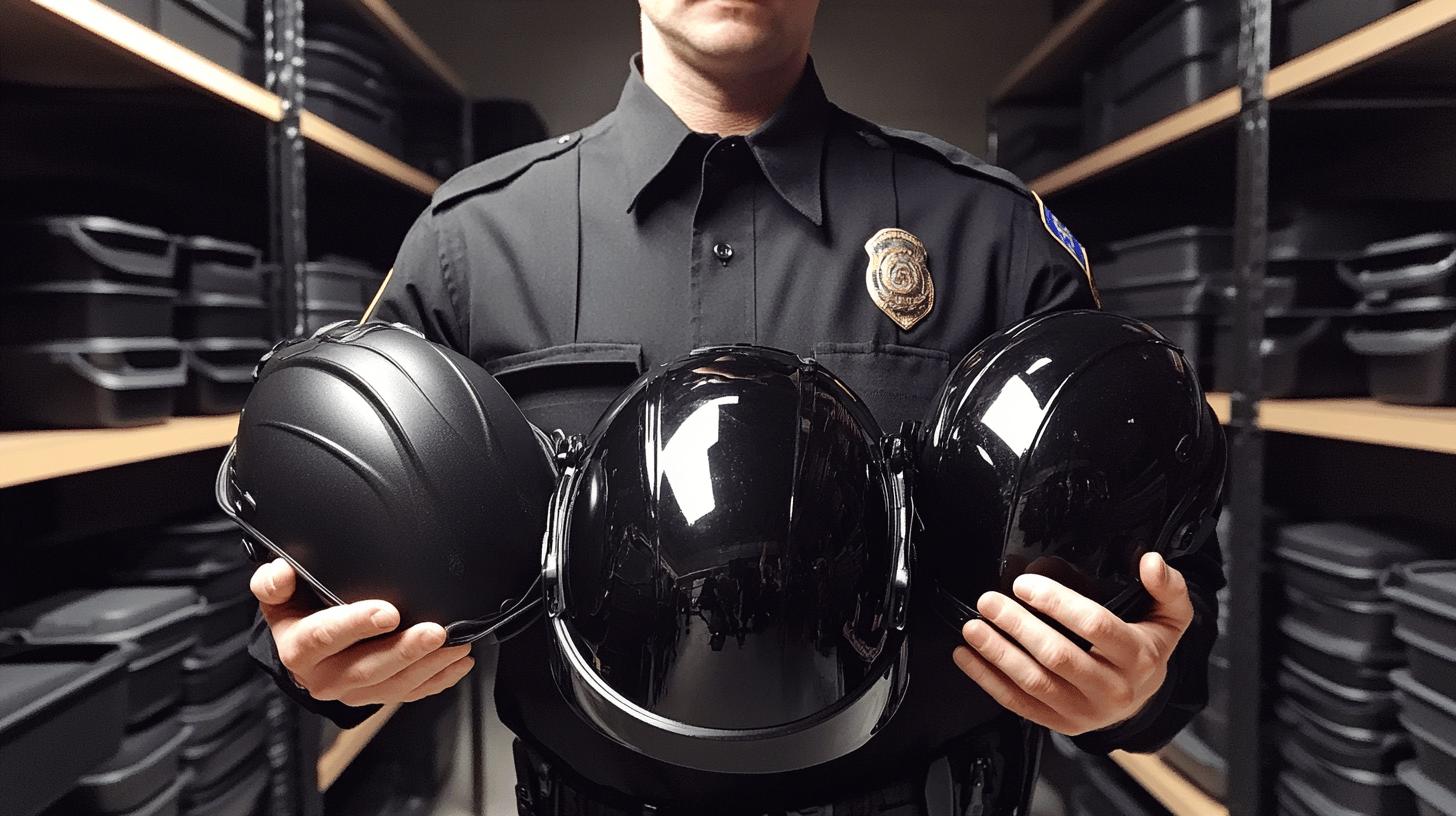
Motorcycle cops have a range of helmet options, each offering distinct advantages and limitations. The three primary types of helmets considered by police officers include full-face helmets, three-quarter helmets, and half helmets.
These helmet types provide varying levels of protection and convenience, and the choice largely depends on operational needs and personal preferences. Understanding the differences helps in selecting the most appropriate helmet for the specific demands of police work.
Full-Face Helmets
Full-face helmets are renowned for offering maximum protection. They encapsulate the entire head, including the face and chin, providing unrivaled defense against impacts and flying debris. While their protective benefits are substantial, they do come with certain drawbacks.
The design can limit visibility and peripheral vision, making it challenging for officers who need to maintain constant awareness of their surroundings. Communication is also hindered, as the enclosed structure can muffle sounds and complicate radio or microphone use, which is critical for police operations.
Three-Quarter Helmets
Three-quarter helmets strike a balance between protection and operational efficiency. They cover the head and ears but leave the face exposed, offering enhanced visibility and peripheral vision. This design allows for better communication and hearing, crucial for officers who must stay attuned to environmental sounds and maintain clear interaction with the public and other officers.
While they provide less coverage than full-face helmets, they still offer substantial protection for the head, making them a preferred choice for many police departments across the US.
Half Helmets
Half helmets provide the greatest advantages in terms of visibility and comfort. Their open-face design ensures unobstructed peripheral vision, essential for situational awareness and quick response to traffic changes. Additionally, half helmets facilitate superior communication, allowing effortless radio use and better sound perception, which are vital for effective policing.
The lightweight and less bulky nature of half helmets contribute to greater comfort, reducing neck strain during long shifts and improving head mobility. While they offer less facial protection, their practical benefits align well with the operational needs of motorcycle cops, making them a popular choice for law enforcement officers prioritizing comfort and communication efficiency.
Customization and Innovation in Police Helmets

Police helmets, particularly half helmets, undergo extensive customization to meet the specific needs of law enforcement officers. This customization often involves integrating advanced communication systems that allow seamless interaction between officers and dispatch.
High-visibility designs are also a priority, enhancing public safety by making officers more noticeable in various lighting conditions. Moreover, law enforcement helmets frequently feature agency insignias, strengthening public identification and authority presence. These customizations ensure that helmets are not only functional but also serve as a tool for effective policing.
-
Integrated communication devices
-
High-visibility materials
-
Agency-specific branding
- Advanced ventilation systems
Looking forward, helmet technology continues to evolve, focusing on balancing safety with practical functionality. Future innovations are expected to include even more efficient communication upgrades, potentially featuring noise-canceling technology to enhance clarity during operations.
Advances in materials may lead to lighter yet sturdier helmets, improving comfort without compromising protection. Furthermore, helmet designs will likely become more adaptable to different environmental conditions, incorporating features like advanced ventilation systems for temperature management.
These trends indicate a commitment to continually improving law enforcement gear to support officers in their challenging roles.
Final Words
Exploring why motorcycle cops wear half helmets reveals key insights into their functionality. Their lightweight design offers comfort for long patrols, while enhanced visibility aids situational awareness.
These helmets streamline communication, essential for police work. Despite limited protection, they meet safety standards for lower-risk scenarios. Balancing safety with responsiveness continues to drive helmet design evolution.
Embracing these advantages, motorcycle cops enhance their operational effectiveness while innovating to meet future demands.
FAQ
Why do motorcycle cops wear half helmets?
Motorcycle cops wear half helmets for their lighter weight and less bulky design, providing comfort during long patrols. The helmets enhance visibility and situational awareness, important for monitoring traffic effectively.
Do half helmets offer any protection?
Yes, half helmets provide basic protection, suitable for low-risk situations with reduced likelihood of high-speed impacts. They typically meet regional safety requirements, featuring a hard exterior shell and shock-absorbent cradle.
Why don't motorcycle cops wear full-face helmets?
Motorcycle cops often prefer half helmets over full-face helmets due to better airflow, improved communication, and enhanced peripheral vision, which are crucial for their duties that demand quick responses and public interaction.
Why do bikers wear half helmets?
Bikers often choose half helmets for their reduced weight, comfort, and superior ventilation, which are beneficial during long rides. This type of helmet also allows for enhanced visibility and better hearing ability.
Why do bikers tap their helmet when they see a cop?
Bikers tap their helmets as a gesture to alert fellow riders of a police presence, promoting awareness and encouraging adherence to traffic laws and safety measures among the group.

Brad Mitchell is a seasoned motorcycle enthusiast with over 16 years of riding experience. He’s spent countless hours on the open road, particularly favoring scenic routes aboard his trusted Harley-Davidson. Brad’s laid-back approach to life and riding gives him a unique perspective on motorcycle gear and safety, which he shares through his in-depth reviews and expert advice on ProtectiveGearz.



